
Curated with aloha by
Ted Mooney, P.E. RET

The authoritative public forum
for Metal Finishing 1989-2025

-----
Acid zinc plating: Non coverage problem
Q. Greetings and respect, we only plate one piece by plating an acidic plating in a 2500-liter bath. The problem is that when we use the hook for plating, parts of the pieces are not plated.
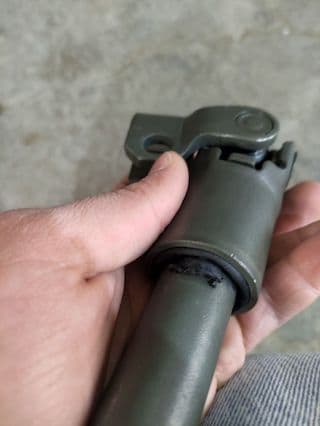
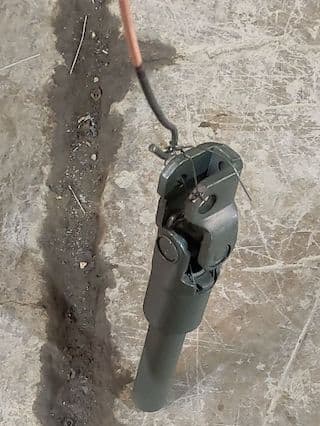
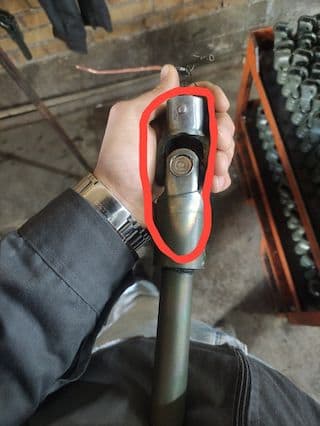
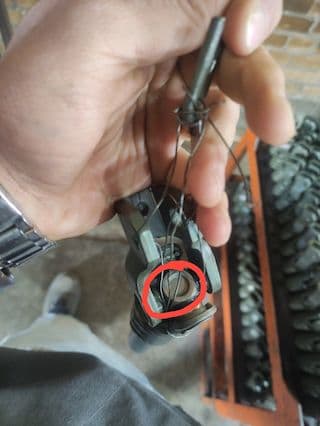
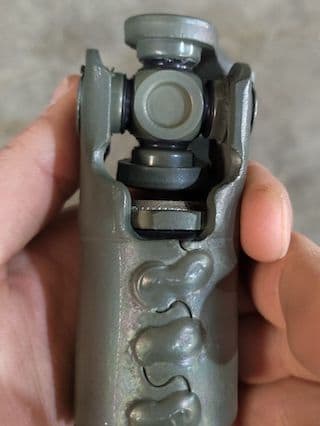
We solved this problem by wrapping the wire around the piece as is shown in the image. My question is what else can be done so that the wire is not needed. Because this is very low production method.
Amirhossein Ghanbarpourproduction expert - Tehran
January 30, 2025
A. Hi Amirhossein,
You are apparently plating an assembly of parts rather than an individual casting or weldment. And the problem appears to be that electricity does not reliably flow from one part in this assembly to the other parts.
Electroplating occurs in proportion to current flow, and there is no way around that. If you must continue to electroplate after assembly (which is generally a poor idea), then you must continue to reliably bring electricity to each of the parts, and apparently you cannot rely on the current properly flowing from part to part through the assembly. It might be possible to design a plating rack which contacts the individual pieces as necessary.
Luck & Regards,

Ted Mooney, P.E. RET
Striving to live Aloha
finishing.com - Pine Beach, New Jersey
Q, A, or Comment on THIS thread -or- Start a NEW Thread